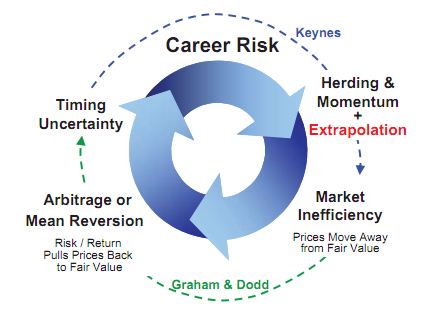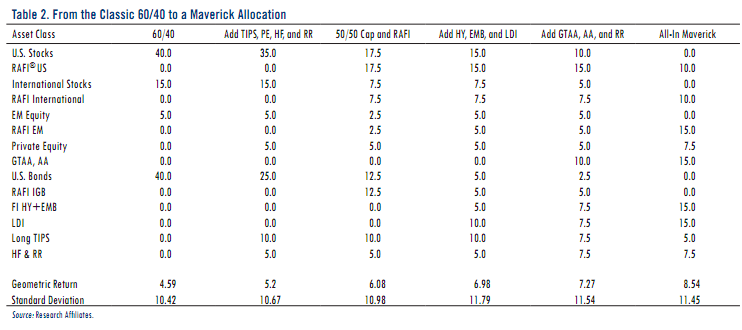We hope all of our appearances on Greek TV, radio and in the press have helped the educational process and to allow the Greeks to identify who the real culprits are, and what to do about it. It has just been over a year since this tragedy became reality, but we reported on Greece and Italy ten years ago. They both bent the rules to enter the euro zone. We knew then that Goldman Sachs and JPMorgan Chase were assisting them by creating credit default swaps. There were a few European journalist who reported on the issue, but the elitists control the media and few noticed that Greece and Italy were beyond bogus.
The events of the past year remind us of the onslaught of the credit crisis, which unfortunately is still with us. What finally brought about trouble for Greece and other euro zone countries was the zero interest rate policy of the Fed and slightly higher rates by the EC. These policies encouraged speculation and caused problems that would have never happened otherwise. In addition, the stimulus measures by both banks were embarked upon to save the financial sectors and in that process promote speculation by the people who caused thee problems in the first place. That began with QE1 and stimulus 1, which we now recognize as our inflation drivers. Wait until QE2 and stimulus 2 appear next year. It will be very shocking.
Just to show you what a loser lower rates are just look at economic progress. There has been no recovery under either QE1 or QE2. Even 4.60% 30-year fixed rate mortgages have not encouraged people to buy homes. They are either broke or they don’t know whether they will be employed five-months or even one year from now, so how can they buy a house? Consumer spending is falling along with wages. The small gains you see are for the most part the result of higher inflation.
Growth moved from the fourth quarter of 2010 of 3.1% to 1.8% in the first quarter of 2011. We had forecast 2% to 2-1/2% growth for 2011. That is little to show for a minimum of $1.8 trillion spent in QE2 and stimulus 2. Without that we probably would have been at a minus 2%. Just think about that. Trillions of dollars spent with little results. Obviously such programs do not work very well. You would have thought the Fed would have found a better way after two such failures. They know what the solution is, but they won‘t put it into motion and that is to purge the system and face deflationary depression. That will happen whether they like it or not, but in the meantime the flipside is 10% inflation headed to 14% by yearend and another greater wave next year, and another in 2013. Unimpressive results is not the word for it. It has been a disaster and the Fed keeps right on doing it. As a result of the discounting of QE3 we wonder what the stock market has in store for us? We would think that a correction would be in the future. If that is so could that negatively affect the economy? Of course it could. All the good news coming, further stimulus by the Fed, will have been discounted. What does the Fed do for an encore? Create more money and credit – probably? Does that mean hyperinflation, of course it does. If the Fed stops the game is over. We are also seeing fewer results from additional stimulus. It is called the law of diminishing returns. In the meantime the dollar goes ever lower versus other currencies, but more importantly versus gold and silver.
If you can believe it, even though the Fed has provided financial flows and assisting speculative flows so Wall Street, banking and hedge funds can glean mega-profits, it still has not provided enough liquidity for additional GDP growth. The small and medium sized businesses have been shut out. The latter participants do not play those games, it is the propriety trading desks, hedge funds and the remainder of the leveraged speculating community that takes advantage of the excess liquidity and the Bernanke put of keeping bonds and stocks up artificially. The Fed and the others are sustaining this process. There are negatives for the Fed and their friends, higher commodity and gold and silver prices. The Fed and banks temporarily took care of that and haven’t quite finished their latest short-term foray in that sector. There are still fears as well regarding Greek debt fears and their CDS, Credit Default Swaps, and those of other euro zone members. They could still blow up in everyone’s faces in a partial if not total default, which is very likely. Banks are on the wrong side of this trade as well as the bond trade, not only with Greece, but with five other nations as well.
In the final analysis papering over the problem never works. The problems also reemerge with new additional problems. The combination of excessive speculation and liquidity and too big to fail is going to end badly, as it always has. De-leveraging will eventually rear its ugly head.
As we said, Greece and others could cause extensive bond and CDS problems and that is not only being reflected in a lower euro, but in higher Greek bond yields of 16-3/8% in their 10-year notes and 24-3/4% in two-year yields, and Portugal, Ireland and Spain are not far behind. The socialists just lost the latest election in Spain in a big way showing the public is fed up with the lies of government and the bankers. The euro is attempting to break $1.40 to the downside as a result of those election results and the Greek impasse. It is obvious that Greece cannot service its debt and reduce its deficit and the other deficient nations are in the same boat. The CDS marketplace would be severely disrupted if there were a sovereign debt default. That fear, of contagion, could be seen in higher rates in Spain, some .30%, the highest upward move this year. Greece, Ireland and Portugal have problems that can never be resolved and Spain, Italy and Belgium are not far behind.
Spain is implementing austerity, but that means like in recent weeks millions have demonstrated in 72 Spanish cities. The 17 autonomous regions have doubled their debt in the last 2-1/2 years. The socialists just did not know when to stop, now they are out of office. Spain is going down. There is no way they can sustain. That should bring the CDS situation front and center. It will also increase unemployment for those 18 to 35 to 40% or more. It is not surprising that half of the protestors were in that age group.
Greek PM George Papandreou, who secretly promised Europe’s elitists bankers that he would sell-off and or pledge Greek state assets, wants to sell stakes in Hellenic Telecommunications, Public Power Corp., Postbank, the ports of Piraeus and Thessaloniki and their local water company. All supposedly worth $70 billion. The bankers, of course, say they are worth far less. They want to buy them for 10% to 20% of what they are worth – so what else is new. The Cabinet went along with the giveaway, as expected, and without a whimper. The EU is demanding all the assets be sold off immediately, so the bankers can buy them as cheaply as possible. The threat by the bankers is if you do not sell and sell fast for a pittance, then we won’t fund loans of $42 billion over the next 2-1/2 to 3 years. If not funded it would be “re-profiled” another new euphemism for default and debt restructuring, or perhaps debt extension.
Then there is the threat that the bankers, the ECB-European Central Bank for the Euro Zone, would refuse to supply the Greek banking system with any further liquidity. They would then admit their new word refilling would mean default. This would end with Greece leaving the euro zone and the euro and total default, the issuance of a new drachma at 50% of the value of the euro and perhaps even leaving the EU, the European Union. Jens Weidmann, the Bundesbank’s new president said no compromise on monetary stability and a correction back to normality and a full separation between monetary and fiscal policy. It is obvious to us that in spite of debt of $620 billion that Germany wants to cut Greece loose. The German voters said that in last month’s elections. The Germans should have accepted default for $0.50 on the dollar offered by the Greeks a year ago. Even if the Greeks sold $50 billion in assets it would be a drop in the bucket, when they cannot possibly pay off the remainder of the debt ever. This shows you how derelict the bankers and sovereign countries were in allowing this debt to be accumulated. In addition Goldman Sacks and JPMorgan Chase hid their problems, via credit default swaps and now these same banks and others want to loot the country.
Tuesday Jean-Claude Junker, chair of the euro zone finance ministers committee had to admit he lied about the secret meeting the bankers had concerning Greece. He is another who says Greece cannot pay its debt under its current debt burden. Both he, and Lorenzo Bini Smaghi, Member of the Executive Board of the European Central Bank, said that any partial or total default would put all of Europe and the euro in jeopardy. In fact, some of these apologists for banks, especially the Germans, have entertained having Germany control Greek budgets and collect taxes. That means you would have a financial SS running things not only in Greece, but also in Ireland and Portugal and eventually in Belgium, Spain and Italy.
It should be noted the ECB paid in capital $14 billion and they hold $183 billion in Greek debt. We would say the ECB is already insolvent. It could be the Ponzi scheme, much like that of the Fed’s will soon come to an end. Some believe that a 50% markdown is in store for Greek debt. That could have worked a year ago, but not low. It is 2/3’s or more of a write down. We can just imagine Greece, Portugal, Ireland, Belgium, Spain and Italy recapitalizing the ECB – forget it. This is why partial or full debt default are out of the question. Just to buy time the ECB will kick the can down the road as long as they can. Those six nations in trouble should all go back to their currencies, default by at least 2/3’s and leave the euro zone.
European bondholders with a 50% debt write off are offside $1.2 trillion for Greek, Portuguese and Irish debt. If we include Spain, Italy and Belgium the 50% write off is $846 billion. That should easily destroy the ECB and the euro zone. We predict that by October changes will have to be made not only in the EU and euro zone, but in the UK and US as well. The battle rages in the euro zone, EU, UK and in the US over overwhelming debt. The debts are all unpayable. This dance of debt could go on for 4 or 5 months. Even a temporary solution is not going to work. The debts are unpayable. Once the lending stops the bottom falls out. The same is true in the US.
See the original article >>























